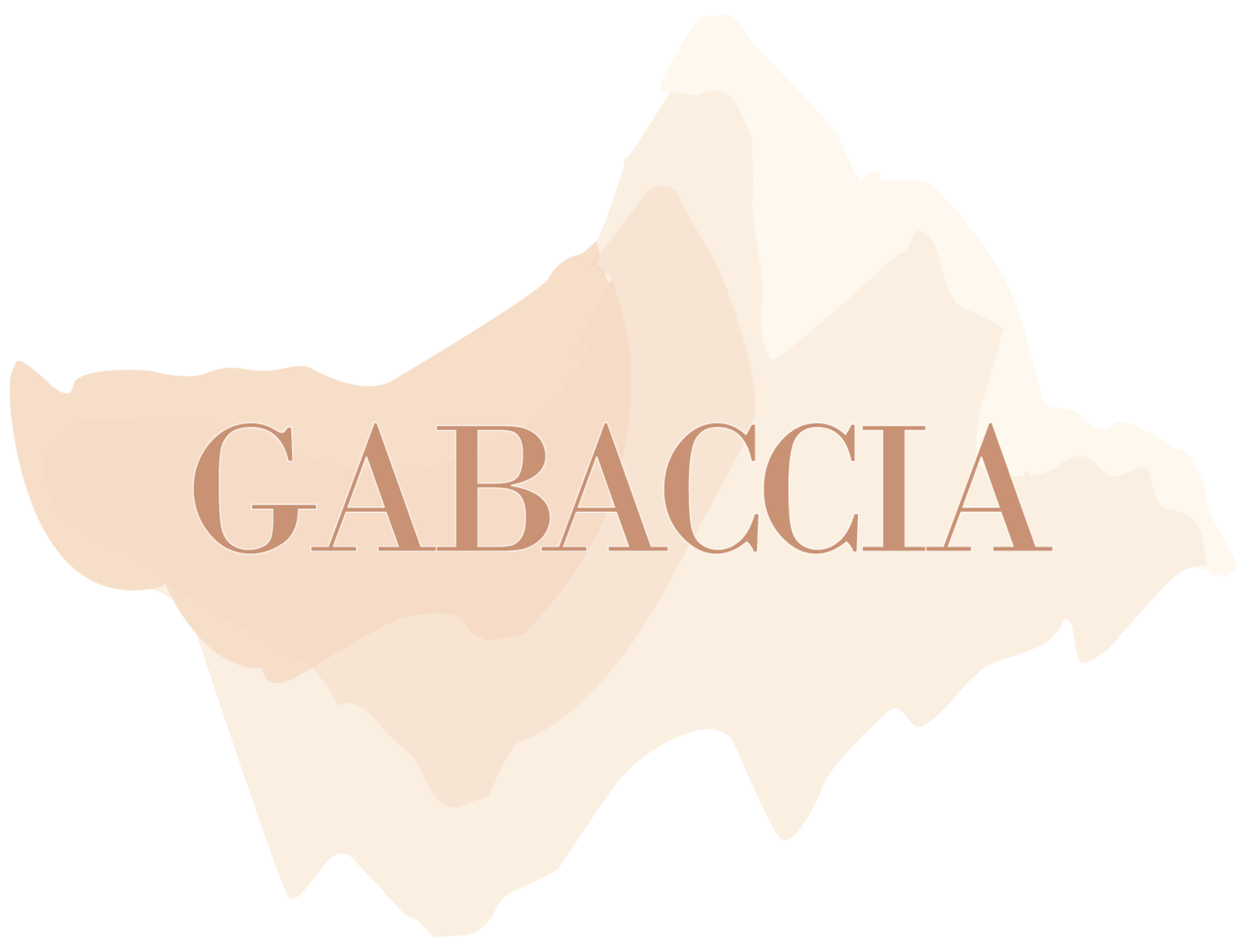The Mangroves of Dzinitun: True Ecotourism in Celestun
Originally shared on the late blog Stranded on Land
Celestun is a place where magic and nature meet. A beautiful turquoise beach, dense mangrove, swamps of pink water, and biodiversity to go crazy about, are just a few of the fascinating features of this gem in the Gulf of Mexico. Although you might have never heard of this little fishing village, it is globally considered as the cradle of ecotourism, where renowned Mexican architect Hector Ceballos-Lascurain coined the term back in the 80s. It is also one of the largest biosphere reserves in the country, making it a bucket list destination for both wildlife and outdoor enthusiasts alike.
The biosphere reserve is a famous stop for bird watchers as it is home to over 400 species if you include the birds that migrate through the area. But the claim to fame bird of Celestun is . . . drumroll please . . . no other than, the spectacular American Flamingo! As you arrive in town, most signs will point you towards “La Ria Celestun” where you can hop on a boat and get close to flocks of hundreds of these fabulous birds (at least if you go November-March).
By all means, stop at La Ria and grab yourself a souvenir. It’s hard to resist the number of Flamingo memorabilia that they have. But don’t fall for the easy-access trap of the boats by La Ria– we have an insider’s tip that will direct you to the only true eco-tourist attraction in town. If you are like us, and you care to Leave No Trace and adventure responsibly, follow our lead to discover the ecotours from the guys at The Mangroves of Dzinitun (that’s a hard word, we know, but give it a try: zee-nee-toon).
ECOTOURISM
At the Mangroves of Dzinitun, the cooperative of people who run it are determined to care for the local landscape and wildlife, not just to make a profit from it. Jose Isaias, the leader of the co-op, took part in the restoration project of the mangrove, about 10+ years ago, which has allowed for the natural resources to recover and prevail for us to enjoy today. He continues to educate locals and visitors alike on the importance of preserving nature, reducing waste, and enjoying the wildlife responsibly.
Compared to every other tour offered in the area, Jose only offers non-motorized tours to reduce sound and oil pollution for the local species. You’ll have the choice of touring by kayak (you’ll paddle) or canoe (your guide will push you through with a pole).
OUR TOUR
The community at the Mangroves of Dzinitun works on almost a 24-hour schedule. Their passion propels them to serve visitors at the time that will best suit their style of exploring or depending on what they want to see. Wanna see crocs? They’ll meet you after dark. Want the best light? They’ll meet you before sunrise. We opted for the latter option as it fits more our style, and we even got to see a crocodile while we were at it. Yes, you can have it all if you are lucky. You may also opt to be picked up at your hotel in a mototaxi and start your adventure from your doorstep – it’s super fun to ride the local taxis so yes, do it.
We met with Jose right before sunrise to start our adventure on a soft light. He made it very clear that it was no longer flamingo season, so to not get our hopes up. We were just interested in the experience of floating through the mangrove, so we had no issues whatsoever with the “lack of flamingos.”
Roberto and I hopped on a kayak, and my mom boarded a canoe. Off we went into the slowly revealing beautiful mangrove tunnels. We quickly found ourselves solely surrounded by the morning harmony of birds, insects, and the water rippling off from our boats. We could no longer see the dock we parted from, and now everything was pure nature. As we went through the tunnels, we spotted different birds while Jose would go on to tell us the stories of the local species. At some point, we stopped to watch a baby croc swim away from us, which had us wondering, where is its mom?
By the time we had an understanding of the mangrove ecosystem from Jose’s stories, we had reached the estuary. The unveiling of that open sky is something I’ll never forget. The day was cloudy, but the clouds’ grey against the mangrove green was such a peaceful combination. We stayed close to the mangrove and for a few moments just admired the beautiful sky forms against the water.
Suddenly, we heard a funny sound, and as we turned to see where it was coming from we saw a changing shape quickly approach us high upon the sky. A FLOCK OF FLAMINGOS! You can only imagine our level of excitement. My level of excitement in particular was at an all time high. We went from having zero expectations to seeing (and hearing – boy they are loud!) a flock of these fantastic birds flying right above us. Granted, we didn’t get to see hundreds of flamingos as it happens during the November-March season, but this little happening was such a treat from nature, and I’ll never forget it.After our doses of birds, we headed back closer to the mangrove to get off our boats and go on a little moto ride to the next phase of our tour: the restored mangrove.
RESTORATION
We walked between the young mangroves while Jose explained to us the history of the local restoration project, which started in 2004 after a hurricane had destroyed a vast portion of the landscape. Opposite to the tunnels through which we had traveled earlier that day, here, we could see the tops of these trees. A few interpretative signs illustrated the significant changes that the mangroves have experienced over the past 14 years. It is shocking to see the healthy growing mangroves around these glances from the past that show the exact same area, unrecognizable, a decade ago.
To be bold, they left a small portion of the damaged area untouched as an educational and experiential tool. Standing at the edge of the bridge, you can look into the destroyed landscape, you can see the unfortunate past, and be reminded of the importance of caring for our resources in the present. When you turn back around to continue the path, you see the happy growing mangroves again, and a wave of hope crosses through you as you can see how hard work and dedication can help protect and nurture the land.
Jose Isaias has seen these changes first hand, and that is his passion and motivation to continue educating locals and visitors alike. There is so much heart and soul at the Mangroves of Dzinitun. We cannot imagine there’s a better experience to be had in Celestun for a true nature lover.
BOOK
To book, message them on Facebook and they’ll inform you of their most current packages. Prices range from 700 pesos and up.
HEADED TO MEXICO?
PEEP SOME OF OUR TIPS ON WHERE TO EAT + DRINK, PLAY, AND STAY, IN OUR OTHER MEXICO GUIDES.
CONTENT AND IMAGES COMPLIMENTS OF GABACCIA, EDITED BY STRANDED ON LAND







